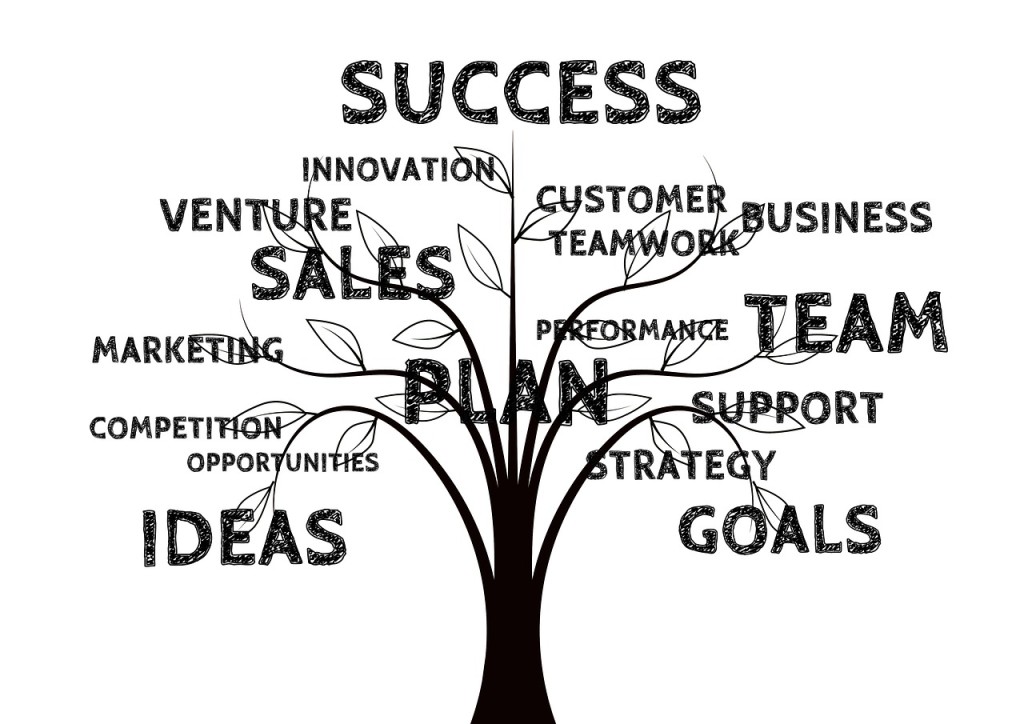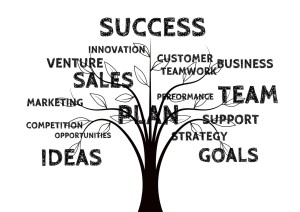
Life is crazy and it conspires to make us and our teams as inefficient as possible. Constantly chasing people, chasing information, chasing prospects, etc., gets tiring and old pretty quick.
But that is the whirlwind most companies have created for themselves. Most entrepreneurs hate structure – or at least the feeling of being locked into one. After all, part of the entrepreneurial dream is to have the freedom to do what you want and when you want. But the lack of structured routines is a problem.
Leveraging the proven Scaling Up framework of meeting routines is one of the most effective processes you can implement to stop the constant-chase mode and turn your company into a prediction machine – one that does not chase, but controls.
Routines To Calm the Whirlwind
Establish the following regular meeting schedule and you’ll find yourself back in control.
- The routine of the Daily Huddle. This is the number one way to synchronize your team every day and get ahead of the things that might otherwise cause problems. No chasing people through the day. You’ll be able to have a quick connection each day without interruptions.
- The routine of the Weekly Meeting. The primary benefit of this meeting is to leverage collective intelligence to discuss an opportunity, issues that keep coming up in the Daily Huddles, get the Quarterly Plan back on track, work on Winning and BreakAway strategy moves, etc.
- The routine of the Monthly Meeting. This meeting looks at metrics, KPIs and financial performance and integrates learning into the company. Struggling to find a day and time to teach the team the new CRM system? Need to get everyone up to speed on the new sales and marketing plan? The monthly meeting is the perfect place for this.
- The routine of the Quarterly Planning Session. Each quarter, review the last quarter, create goals for the next quarter and the Rocks/Priorities/Action Items to get you there. Keep in mind as you do Quarterly Planning that you need to give thought to the Annual Plan and the Winning/BreakAway Moves.
- The routine of Annual Planning. This should be one to three days, offsite if possible, to re-evaluate the company’s foundational principals and long-term strategy, backing down into a solid one-year plan.
Companies with a serious focus on Scaling Up should create a routine of Strategy Development and Execution meetings. This should be with a small handful of senior leadership and should meet twice a month. Digging deep into strategy gets difficult with four or more people. Having solid strategy ideas going into Quarterly and Annual Planning makes the sessions much more effective. You’ll spend less time brainstorming ideas and place more focus on vetting and prioritizing solid ideas.
Routine will set you free and give you and your team much desired control. Stop chasing!




 Does your company have a proven and repeatable Annual Planning process that is used and referenced throughout the year? Does the full company
Does your company have a proven and repeatable Annual Planning process that is used and referenced throughout the year? Does the full company